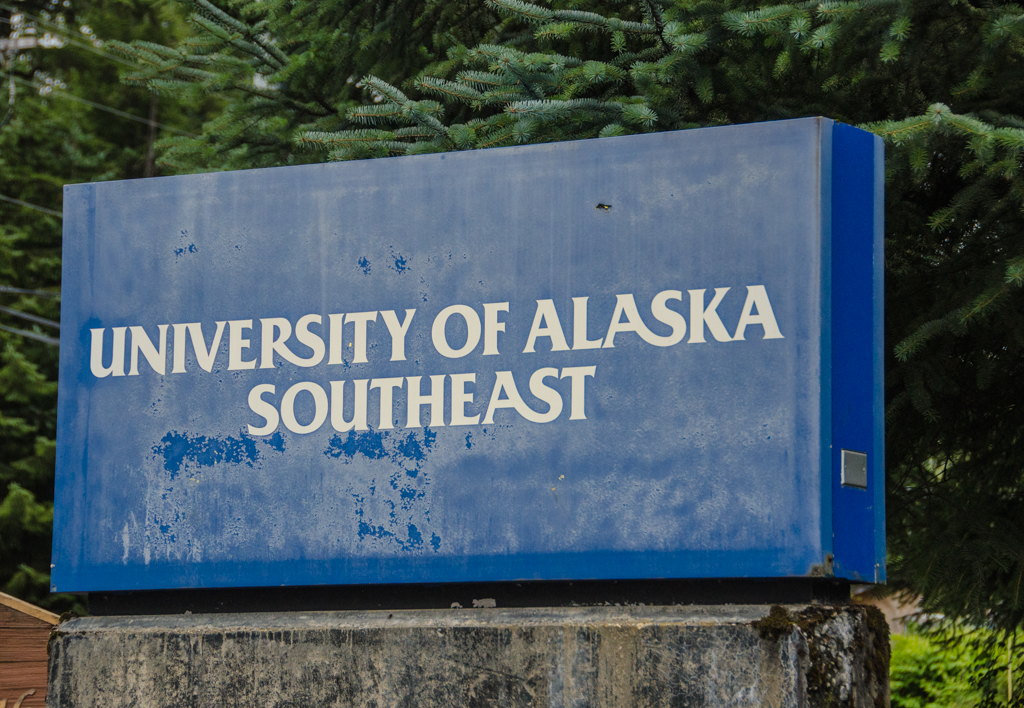
President Barack Obama wants to tie college rankings to how affordable they are and whether students are landing in the workforce after graduation.
Some Alaska education leaders welcome the plans, but worry about implementation.
The president says the Department of Education will formulate a new ranking system by the start of the 2015 school year.
Those rankings, he says, will differ from private ones, like Princeton Review and U.S. World News and Report.
The government rankings will rely on an equation of graduation rates, affordability, how much debt students rack up, and how much students will earn once they finish school.
Speaking to students at the University of Buffalo, the president said the economy can’t afford the trillion dollars in outstanding student loans.
“At at time when a higher education has never been more important, or more expensive, too many students are facing a choice they should never have to make: Either they say no to college and pay the price of not getting a degree, and that’s a price that lasts a lifetime, or you do what it takes to go to college, but then you run the risk you won’t be able to pay it off because you have so much debt.”
Undergraduates at the University of Alaska Anchorage pay about $200 a credit hour.
John Pugh is the chancellor at the University of Alaska Southeast. He welcomes the president’s calls for accountability, but worries about the federal government imposing one-size-fits-all standards.
Pugh says the White House’s College Scorecard system that lets prospective students assess which school works for them – got UA-Southeast dead wrong.
“The scorecard said we’re outrageously expensive for a community college. Well, we’re not a community college.”
So he worries the new plans will be implemented from afar – with little local input.
Tuition accounts for just 22 percent of the operating budget at UA Southeast. The state chips in the most – nearly half of the budget. And the federal government provides between thirty and forty percent – though federal student loans and Pell Grants.
The president hopes to tie federal student aid to college costs … meaning the schools that charge more will get less money from student aid.
Alaska once offered loan forgiveness to students.
“It was probably the single biggest determinant to where I relocated after I graduated from college.”
Senator Lisa Murkowski says she opted to move back to Alaska after finishing school because the state was willing to erase fifty percent of her loans.
The state has an asset that others do not: the $45 billion Permanent Fund. Murkowski says the state needs to tap into that bounty to bring back loan forgiveness.
“We see far too many of our young people leave the state after they get their education. We’ve got a pretty good nest egg in our Permanent Fund.”
Some of the president’s plans will require Congressional approval – like expanding an existing program called “Pay as you Earn.” That repayment model caps student loan bills at ten percent of a worker’s pay.
That approval may be hard to win. Minutes after the president wrapped up, Minnesota Republican John Kline, who chairs the House Education Committee – warned the proposals could lead to federal price controls.
